Every Canary Island has its own vibe, so the best one really comes down to what kind of adventure (or chill time) you’re after. Maybe you’re picturing wild volcanic landscapes, quiet black-sand beaches, or lush forests under star-filled skies. Trust me, there’s a perfect spot for you somewhere in this Atlantic chain.
I’ve wandered through Tenerife’s lively towns, hiked La Palma’s green trails, and soaked up the sun on Gran Canaria’s long, golden beaches.
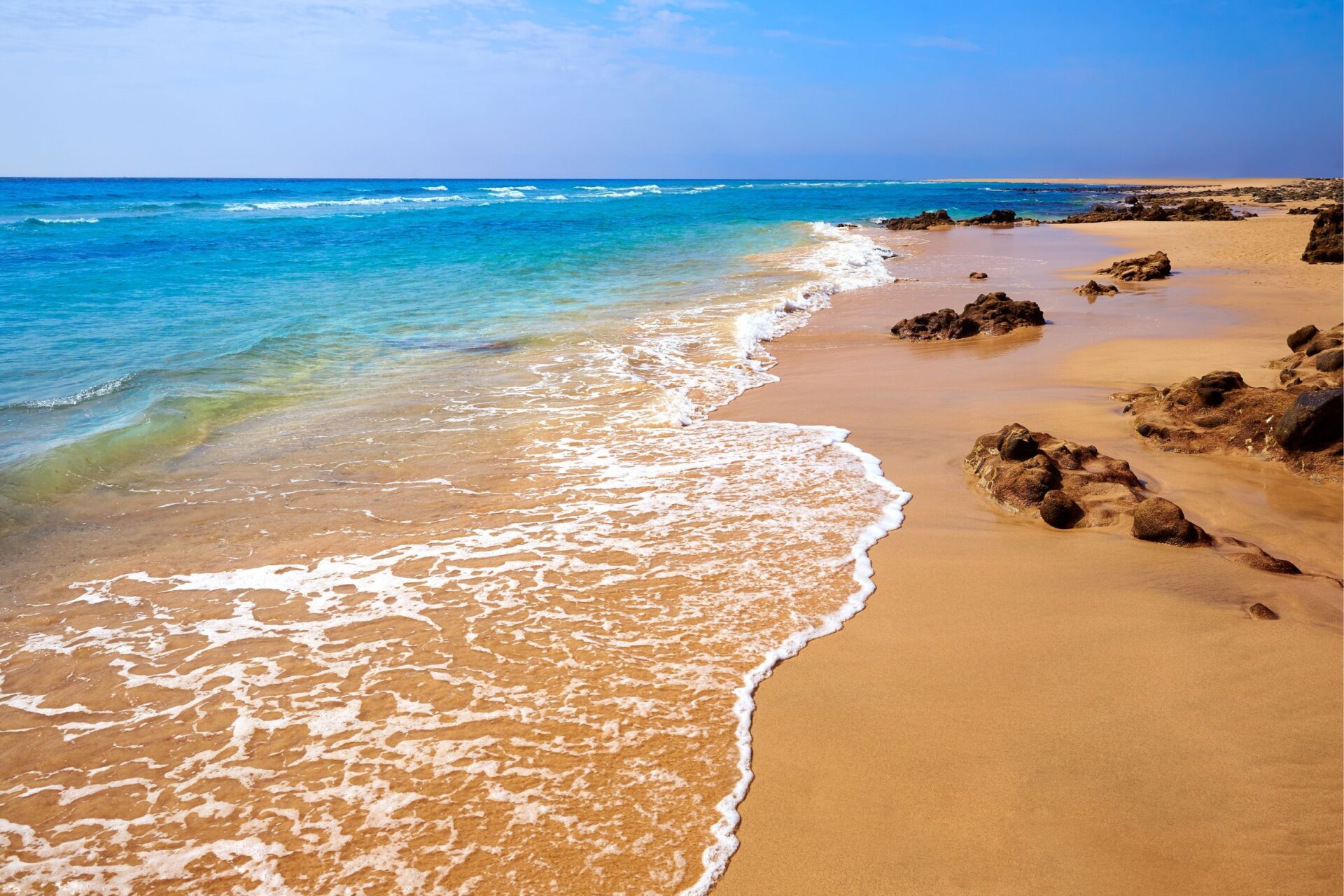
Some islands feel wild and remote. Others burst with resorts and cute villages. Picking the right one can totally change your vacation.
Let’s figure out which Canary Island matches your style—whether you’re after volcanic views, endless sand, or a hidden green escape.
Getting to Know the Canary Islands: My Overview
The Canary Islands—a Spanish archipelago sitting out in the Atlantic—never stop surprising me with their mix of landscapes, rich history, and laid-back lifestyle.
You’ll find volcanic scenery, pretty beaches, and easy island-hopping all over the place. Every traveler finds something special here.
What Makes the Canary Islands Unique?
Each island really feels like its own world. Tenerife stands out with Spain’s highest peak, Mount Teide, plus both black and golden sand beaches.
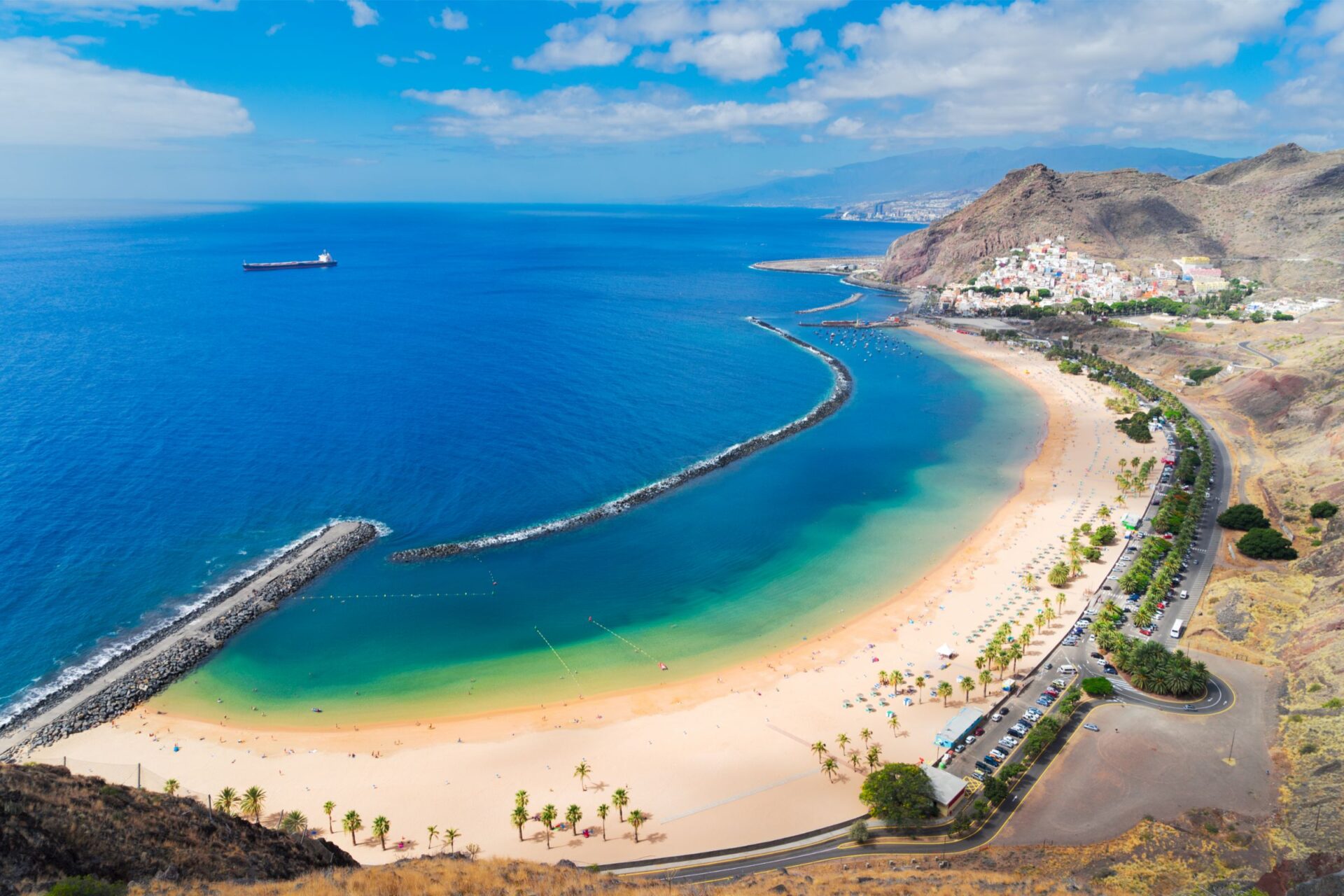
Lanzarote’s wild lava fields make me feel like I’m walking on Mars. La Palma is all about green forests and steep trails—amazing for hiking.
Gran Canaria attracts travelers with festivals and crazy climate changes—spring in the north, desert in the south. Fuerteventura’s beaches and massive dunes pull in windsurfers from everywhere.
El Hierro and La Gomera are smaller, but their quiet vibe and dramatic cliffs make them my go-to for escaping crowds.
The Canaries have warm weather all year. Winters stay mild, and summers don’t get too hot, thanks to breezy Atlantic winds.
Local culture mixes Spanish roots with African and Latin American touches. You’ll see it in the food, music, and those colorful houses.

Image Source: Flickr
Spanish Archipelago Essentials
The Canary Islands are part of Spain, so if you have a European Union passport, you can skip the visa worries.
The euro is the currency, and Spanish is the main language. In touristy spots, people speak plenty of English and German.
Here’s a quick table of the main islands, what makes them special, and a little something I discovered myself:
| Island | Biggest Draw | My Fun Fact |
|---|---|---|
| Tenerife | Teide Volcano, UNESCO sites | I once hiked above the clouds here |
| Lanzarote | Timanfaya lava fields | Eating food cooked by geothermal heat |
| Gran Canaria | City life & beaches | Enjoyed sand dunes at Maspalomas |
| La Palma | Hiking & scenery | Stargazing at the observatory |
| Fuerteventura | Windsurfing beaches | Swam with friendly stingrays |
Restaurants serve up local goat cheese, fresh seafood, and sweet Malvasía wine.
Time slows down here—shops close for siesta, and evenings start late. In summer, people hang out outside until midnight.
Navigating the Islands: Ferry and Air Travel Tips
Getting around the Canaries is pretty easy. Most travelers fly into big airports on Tenerife, Gran Canaria, or Lanzarote.
Direct flights come in from mainland Spain and lots of European cities.
To hop between islands, I usually book flights with Binter Canarias or Canaryfly. The flights are super short—often under an hour.

Image Source: Wikimedia Commons
Ferries are also a good option. Naviera Armas and Fred. Olsen Express run regular trips between the main islands.
I once took a rental car on the ferry from Tenerife to La Gomera, which made exploring those remote valleys a breeze.
If you’re traveling during Easter or Christmas, definitely book ahead. Weather can change ferry or flight schedules, so I like to keep plans flexible.
For tiny islands like El Hierro, I always check ferry times in advance since they don’t run as often.
Volcanic Wonders: Exploring Dramatic Landscapes
Every Canary Island throws out some wild volcanic scenery. Massive craters, black lava fields, green valleys, and secret caves—nature shows off here.
Timanfaya National Park: Lanzarote’s Fiery Heart
When I walked into Timanfaya National Park, it honestly felt like another planet. The ground felt warm, and red-black rocks stretched everywhere.
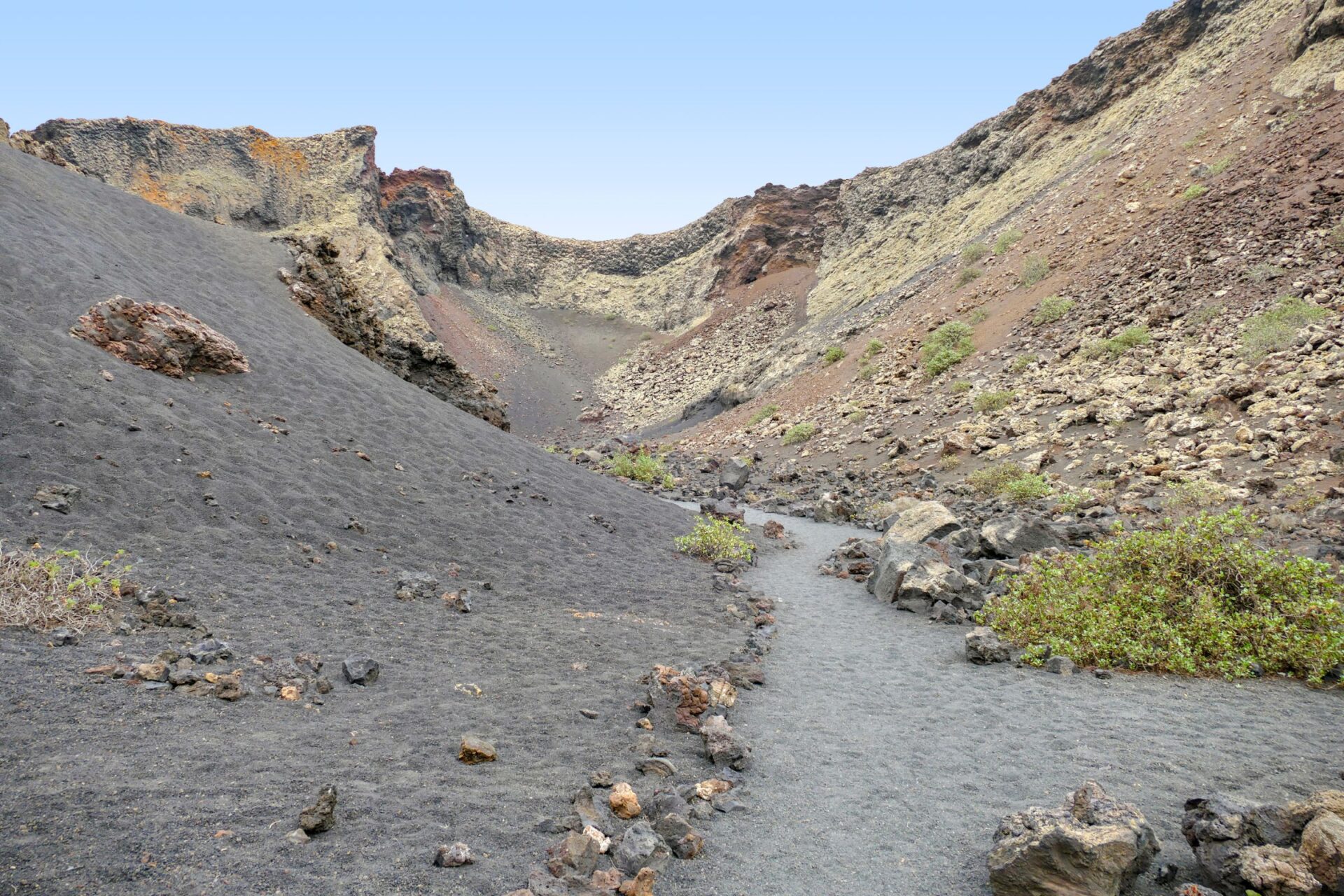
This park on Lanzarote came to life after huge volcanic eruptions in the 1700s. Now, it’s all craters, volcanic cones, and weird rock shapes.
Guided bus tours snake through the park to protect the delicate landscape.
I watched rangers pour water into holes and saw it shoot up as steam—proof there’s still heat underfoot.
A restaurant even grills meat over a volcanic vent. If you go, bring water and sunscreen. The sun and black rocks make it feel hotter than you’d expect.
Timanfaya Key Facts
| Feature | Description |
|---|---|
| Location | Lanzarote |
| Special Experiences | Steam geysers, volcanic BBQ |
| Notable Scenery | Lava fields, craters, volcanic cones |
Mount Teide and Volcanic Peaks of Tenerife
Mount Teide towers over Tenerife as Spain’s highest mountain. The volcano dominates everything, and sometimes its summit wears a cap of snow—even when the coast feels warm.
I took the cable car almost to the top and stared down at the clouds below.
Teide National Park is a UNESCO World Heritage site, full of rocky paths, ash fields, and colorful stone shapes.
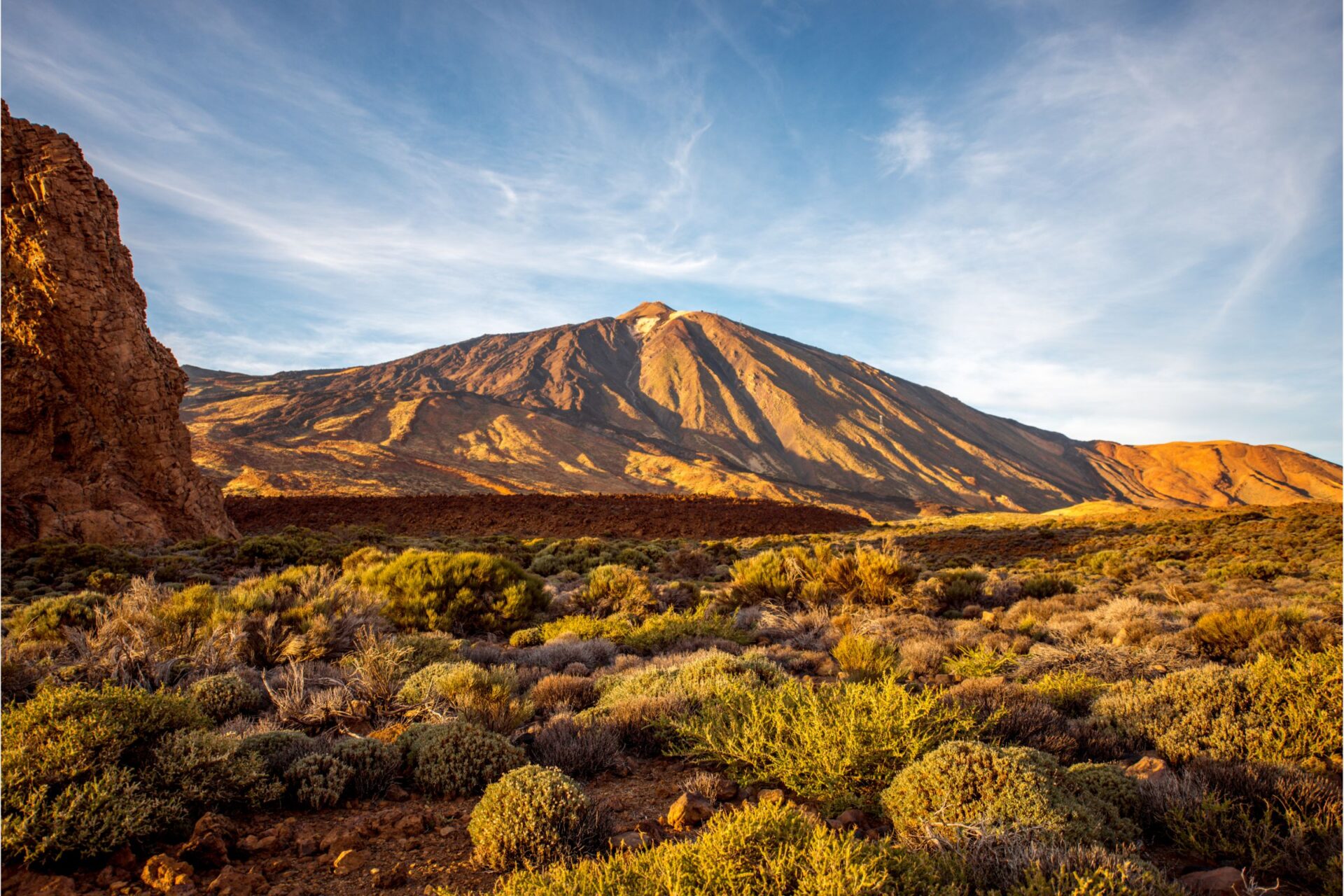
Hiking here gives you wild views of other volcanic peaks and twisted lava rivers. If you want to climb to the summit, you’ll need a permit.
The stargazing? Unbeatable. The skies are so clear, and there’s hardly any light pollution.
Quick Tips for Visiting Mount Teide
- Bring warm layers: It gets cold up there.
- Book cable car and summit permits early.
- Wear sturdy shoes for the rocky trails.
La Geria and Volcanic Vineyards
In Lanzarote, I found La Geria, where vineyards grow right in the black volcanic soil.
Each vine sits in a scoop of earth, sheltered by crescent-shaped rock walls. The farmers use techniques that go back centuries.
Seeing green vines pop against the black sand is just… cool.
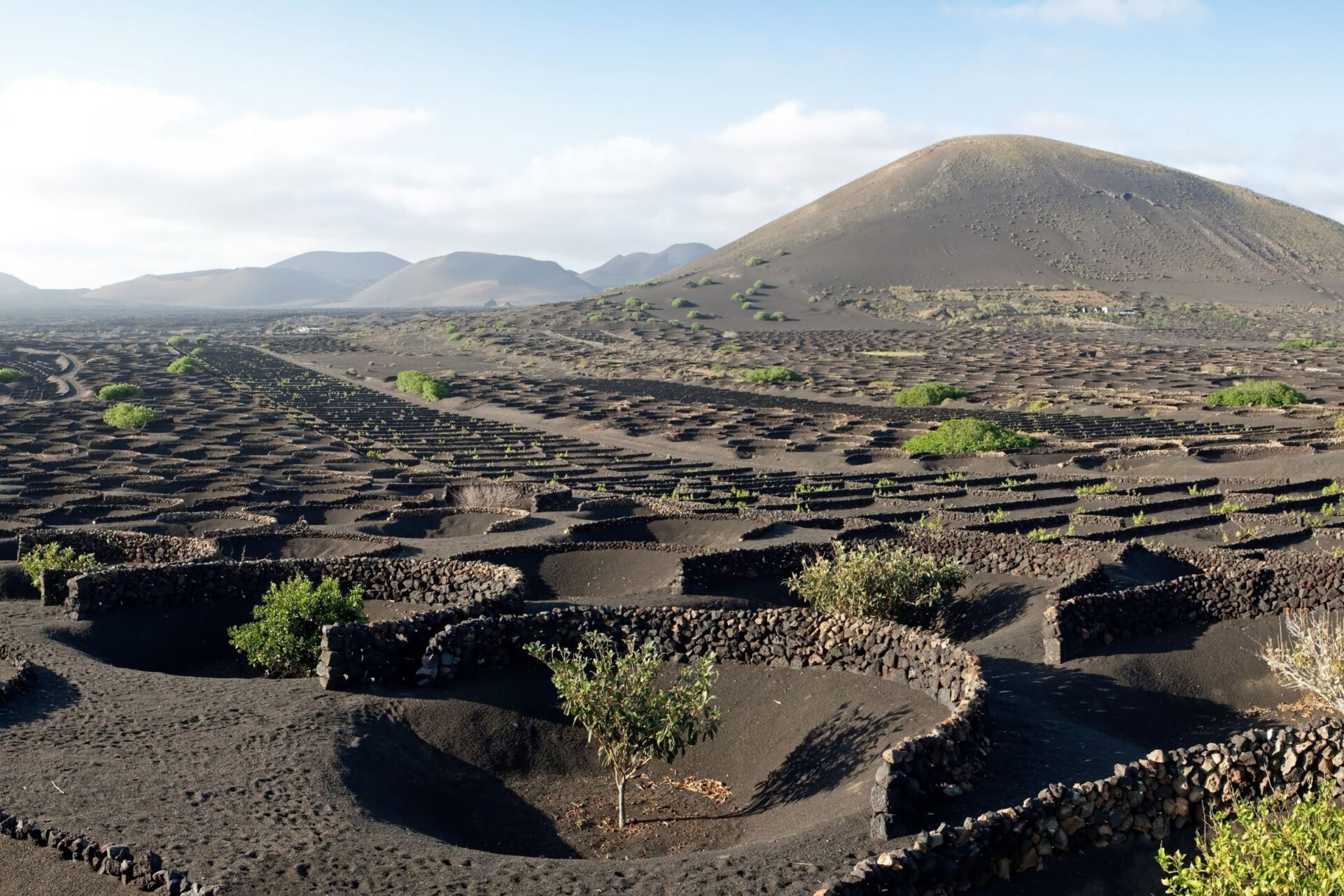
Wine tasting here is a different experience. The mineral soil gives local Malvasía wines a crisp, light flavor I really enjoyed.
Tasting rooms welcome visitors, and some offer tours to show how volcanic ash helps trap moisture.
If you like wine, don’t miss the sweet, aromatic whites.
Why Visit La Geria?
- Watch winemakers work with volcanic soil.
- Try unique wines you won’t find anywhere else.
- Enjoy peaceful views of neat vineyards and distant volcanoes.
El Golfo and Jameos del Agua: Nature’s Artistry
El Golfo is a half-drowned volcanic crater that the sea filled, making a green lagoon beside black sand and steep cliffs.
Standing on that shore, I watched the colors change with the light—a wild mix of emerald, charcoal, and deep blue.
A short drive away, Jameos del Agua hides a series of lava caves and tunnels, turned into a cultural site by artist César Manrique.
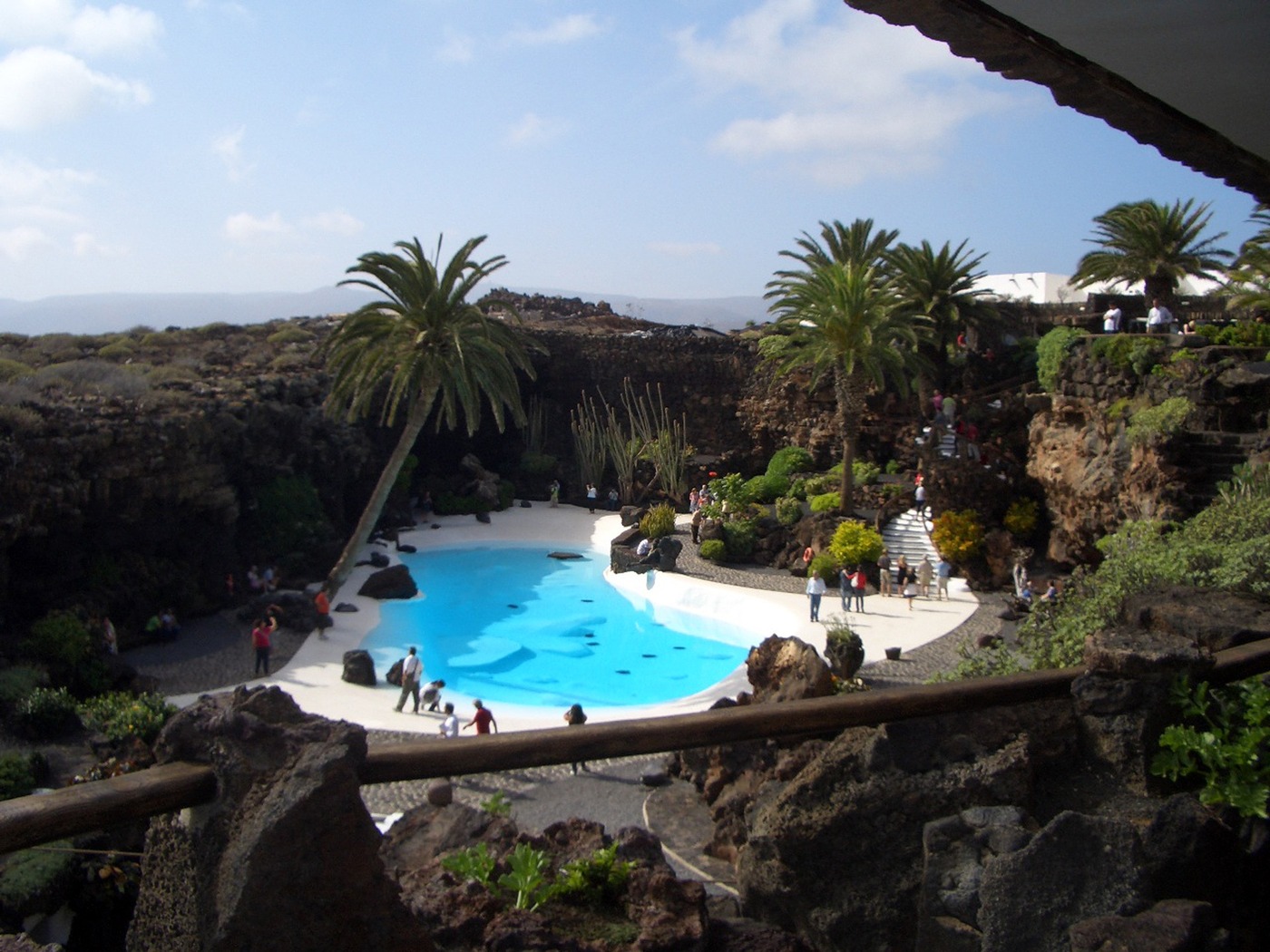
You’ll find an underground lake, rare white crabs, and a concert hall built right into the volcanic rock.
Eating lunch in the cave-side café felt magical—nature and art blending together.
El Golfo & Jameos del Agua Highlights
| Place | Main Attraction |
|---|---|
| El Golfo | Green lagoon, volcanic coastline |
| Jameos del Agua | Lava caves, art, underground lake |
If you love geology or just surreal scenery, these Lanzarote spots will stick with you.
Sun, Sand, and Surf: Choosing Your Ideal Beach Retreat
There’s nothing better than lying on soft sand, watching blue waves, or hunting for hidden coves. Some of my best Canary Island memories are from these moments.
Every island has its own beach scene. Maybe you want calm water, wild surf, or quiet stretches far from the crowds.
Best Beaches in Tenerife
When I picture classic Canary Island beaches, Tenerife always comes to mind.
Plya de las Teresitas is a top pick near Santa Cruz. It’s famous for golden sand shipped in from the Sahara and lined with palm trees. The water stays calm, so it’s great for swimming and families.
If you like more action, Playa de las Vistas in Los Cristianos gets busy but never feels too crowded. The promenade has lots of food spots, and sunsets last forever over the ocean.
For dramatic views, Playa de la Arena has striking black volcanic sand. The gentle surf works for paddling, but honestly, the best part is how tucked away it feels from the busier south coast.
Tenerife gets windy sometimes, but most popular beaches have breakwaters, so you can swim without worrying about big waves.

Golden Sands of Fuerteventura and Corralejo
Fuerteventura is hands-down my favorite for wide, golden beaches and steady winds.
This island feels built for sun holidays and watersports. The sands go on for miles at Corralejo, with dunes that seem to stretch forever.
If you’re into surfing or kiteboarding, you’ll love the strong winds and rolling waves here. Corralejo is one of the top spots in the islands for both.
Even if you just want to watch, the action on the water keeps things interesting.
For a calmer vibe, Caleta de Fuste is a bay with gentle water—good for kids or lazy swims. You’ll find plenty of loungers and places to grab a cold drink.
I always tell friends who want space, long walks, or a true escape from city crowds to try Fuerteventura.

Gran Canaria’s Playas: Maspalomas and Playa de Inglés
Gran Canaria gives you two totally different beach scenes right next to each other.
Maspalomas is famous for its rolling sand dunes that slide out to the blue sea. Walking along the dunes early in the morning is one of my favorite memories.
The water at Maspalomas usually stays gentle. You can wander for ages and never see the same view twice.
If you want more buzz, Playa del Inglés next door is the place. It’s a huge stretch of sand packed with beach bars, volleyball, and people from everywhere soaking up the sun.
Playa de las Canteras in Las Palmas deserves a mention too. It mixes city life with beach beauty, and its natural reef makes it great for swimming and snorkeling.
Gran Canaria works well for travelers who want nightlife, a social vibe, and lots of choices both on and off the sand.
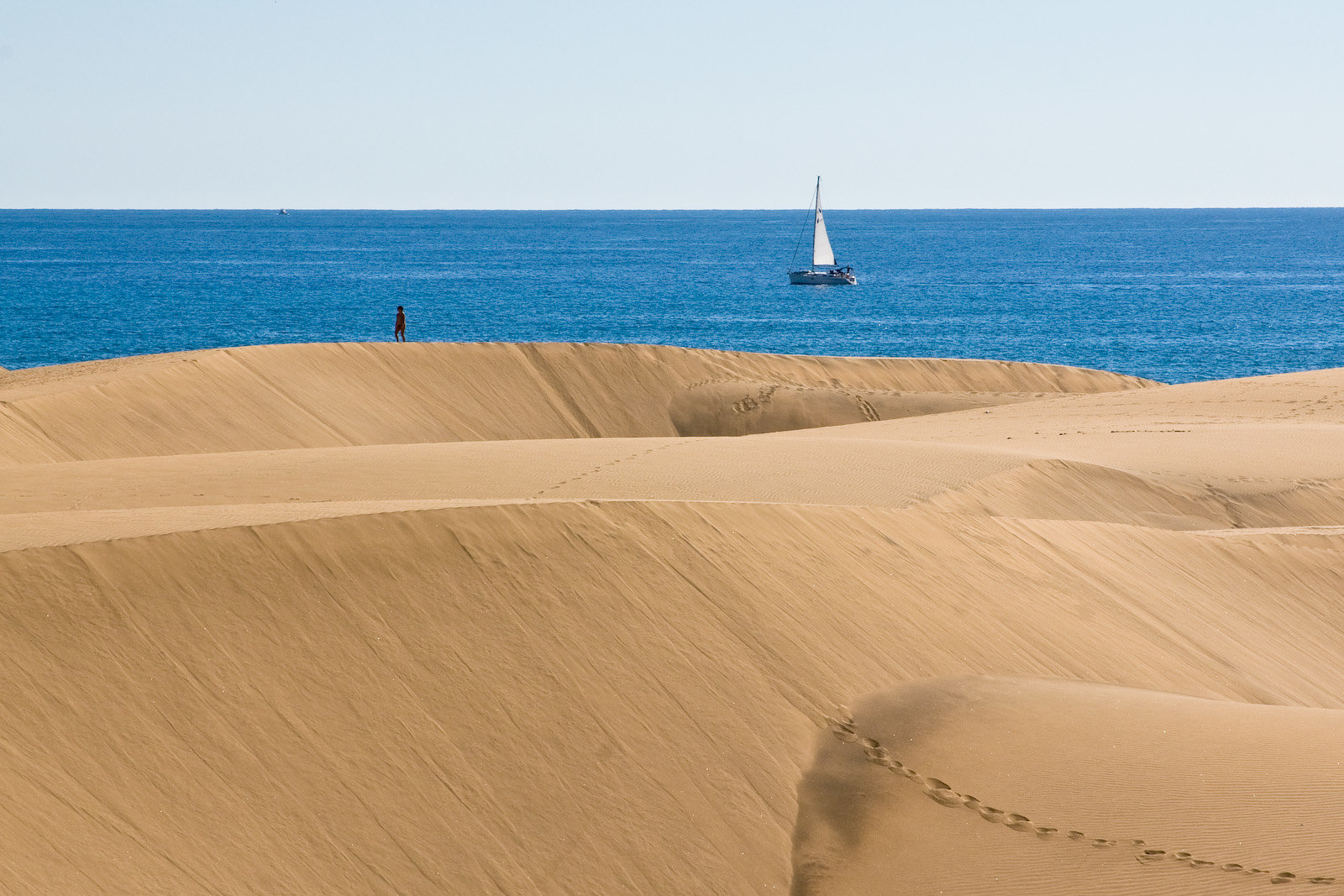
Image Source: Flickr
La Palma, El Hierro, and Off-the-Beaten-Track Shores
When I want a quieter escape, I head to the less touristy islands. La Palma has those wild black sand beaches like Playa de Nogales, with green mountains rising right behind. The surf can get rough, but that just means fewer people. Sometimes, I’ve found myself alone on long stretches of shore.
El Hierro feels even more untouched. Most beaches here are rocky coves and tidal pools, perfect for snorkeling or just relaxing in peace. After a swim, I love wandering into the tiny fishing villages nearby for fresh seafood.
La Gomera also calls out if you want hidden coves and rugged coastline. The beaches are mostly pebbly, but the dramatic mountains make the whole place feel wild and beautiful.
If you’re after a peaceful, off-the-beaten-track adventure, these islands deliver. They don’t have the classic golden sands, but the atmosphere here feels like genuine Canary charm.
Beyond the Beach: Outdoor Adventures and Natural Beauty
When I picture the Canary Islands, I don’t just see beaches. This group of islands bursts with outdoor adventures, colorful wildlife, and some of the most jaw-dropping landscapes I’ve come across.
Hiking Trails for Every Explorer
I love lacing up my boots and exploring a place on foot. The Canary Islands honestly feel like a giant playground for hikers. Tenerife’s Mount Teide National Park stands out—you can wander trails through old lava fields and pine forests, or even climb Spain’s highest peak, Mount Teide itself.
La Palma’s Caldera de Taburiente is a great option when you want something a little easier. It’s a massive volcanic crater with gentle trails. The views here never get old. Even Gran Canaria offers a mix of rugged mountains and green valleys, with routes for all skill levels.
Top Favorite Trails Table
| Island | Top Trail | Level |
|---|---|---|
| Tenerife | Mount Teide Summit | Advanced |
| La Palma | Caldera de Taburiente | Moderate |
| Gran Canaria | Roque Nublo | Easy |
| La Gomera | Garajonay Forest | Moderate |
Diving and Underwater Life
The Canaries are one of my favorite places to slip below the surface. The water stays clear and full of life all year. Lanzarote, with its volcanic roots, has an underwater landscape packed with caves and reefs.
I’ll never forget my first dive in El Hierro, a UNESCO Biosphere Reserve. Barracuda schools, rays, and even a sea turtle or two glided past in some of the cleanest water I’ve seen in Europe. Gran Canaria and Tenerife have great dive schools too, whether you’re already certified or just want to try snorkeling.
Must-See Underwater Highlights:
- Angel sharks and groupers around El Hierro
- Colorful volcanic reefs in Lanzarote
- Shipwrecks in Gran Canaria
Stargazing and Unspoiled Night Skies
The first night I spent on La Palma, I understood why stargazers call it the “Isla Bonita.” With hardly any light pollution and clear skies, you can spot the Milky Way with your own eyes. Observatories like Roque de los Muchachos make stargazing easy.
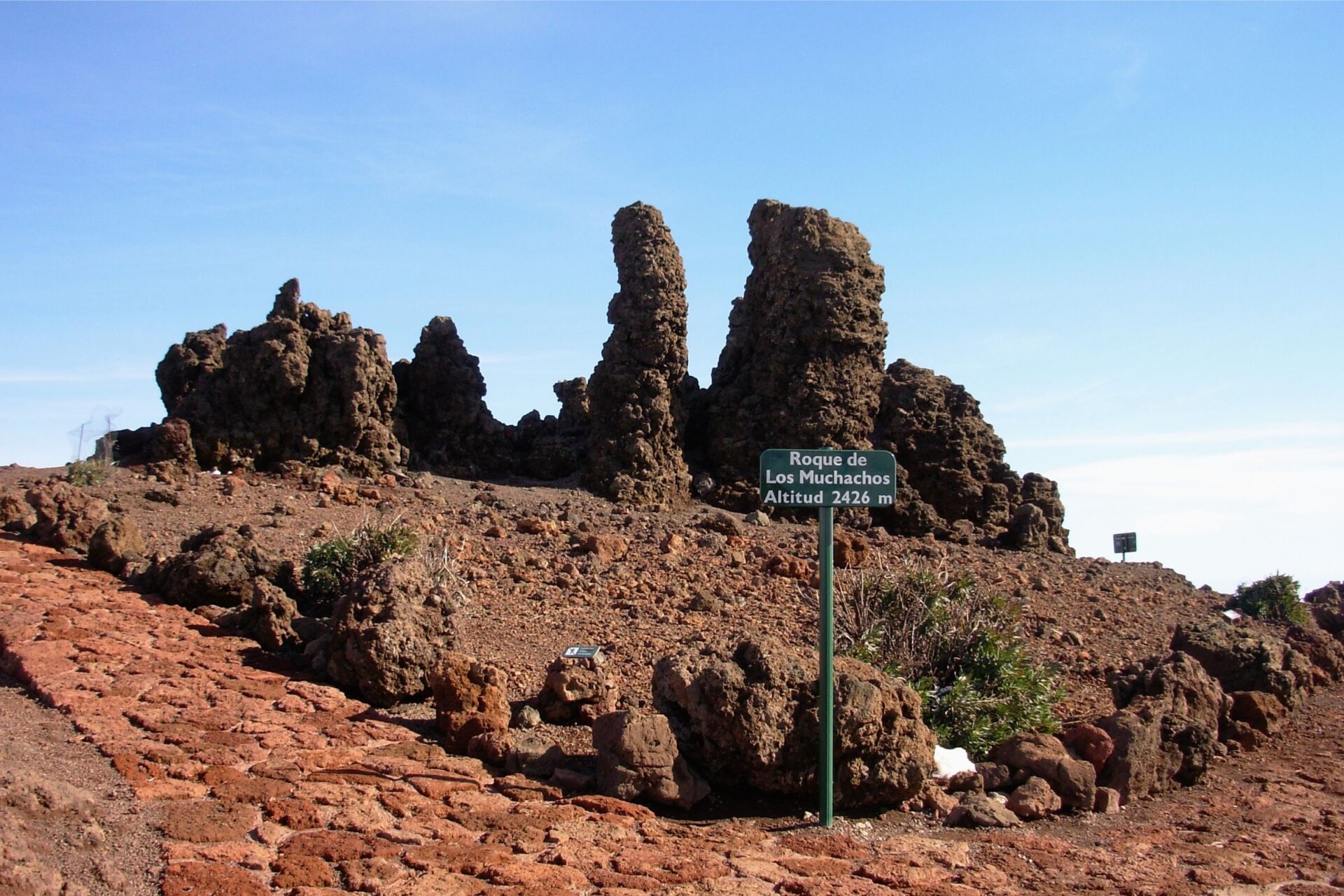
Tenerife’s skies above Teide National Park are protected, and you’ll find plenty of guided night tours. I always pack a blanket and some snacks for a night under the stars.
Pro Tip:
Some hotels and rural houses even offer telescopes, which takes the whole experience up a notch.
Unesco Biosphere Reserves and Unique Wildlife
I really appreciate places that protect their wild spaces, and the Canary Islands do this well. La Gomera’s Garajonay National Park is a lush, green laurel forest that almost feels like another world. Birdwatchers and nature lovers will be thrilled by endemic birds like the blue chaffinch on Tenerife.
El Hierro and La Palma both have UNESCO status for their rich natural culture and untouched biodiversity. On my hikes, I spotted giant lizards sunning themselves and saw unique plants growing among the old lava flows.
Wildlife Checklist:
- Blue chaffinch (Tenerife)
- Giant lizard (El Hierro)
- Laurisilva forest birds (La Gomera)
- Bottlenose dolphins (spotted from many islands)
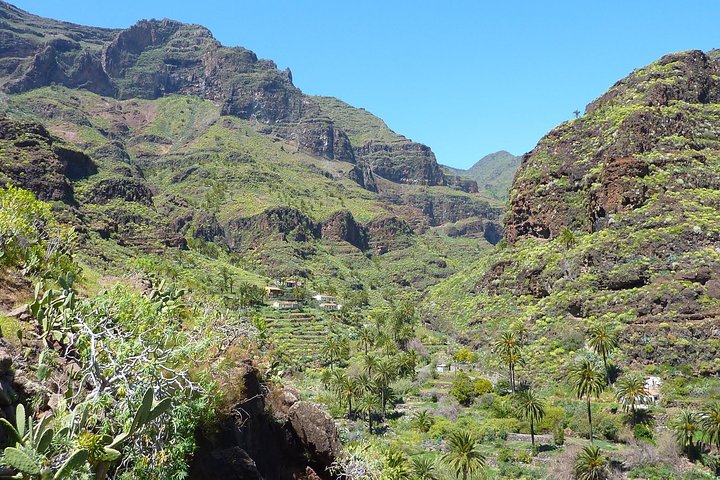
Image Source: Tripadvisor
Culture, Cuisine, and Nightlife: Savoring Island Life
Every Canary Island brings its own culture, traditions, and a lively spirit. Eating local dishes, sipping volcanic wines, and diving into legendary nightlife always help me connect with the real Canary vibe.
Traditional Food and Tapas Adventures
I always kick things off with food. You’ll find salty, wrinkled papas arrugadas everywhere—small potatoes boiled in seawater, served with spicy mojo sauce. Local markets and restaurants usually have a tapa menu, so you can try grilled fish, goat’s cheese, or chorizo de Teror.
Must-try dishes:
- Papas arrugadas
- Gofio (toasted cornmeal, often in stews)
- Ropa vieja (chickpeas and shredded beef)
- Bienmesabe (almond dessert)
Evenings usually mean tapas bars buzzing with locals. Sharing small plates feels welcoming. Seafood is especially good on Lanzarote and La Palma, while Tenerife’s kitchens surprise me with creative sauces and desserts.
Local Wines and Wine Tours
Canary Island wine surprised me from the first sip. Volcanic soil gives the wines a unique kick, especially on Lanzarote and Tenerife. The Malvasia grape makes crisp, aromatic whites that pair perfectly with seafood.
Wine tours are popular in:
| Island | Wineries to Visit | Tip |
|---|---|---|
| Lanzarote | La Geria region | Bike between bodegas |
| Tenerife | Tacoronte-Acentejo | Try barrel tastings |
| La Palma | Fuencaliente vineyards | Ask about local labels |
I loved poking around old wine cellars, chatting with winemakers, and joining grape harvest festivals. Most tours end with tastings in leafy vineyards, usually with cheese and local bread.

Nightlife, Shopping, and Festive Vibes
Nightlife varies a lot from island to island. In Gran Canaria’s Las Palmas or Tenerife’s Playa de las Américas, bars and clubs keep the party going late. I like starting with cocktails by the beach, then maybe heading into town for live music or a DJ.
Shopping is just as mixed. I’ve found artisan markets in Lanzarote with pottery and jewelry, while Gran Canaria’s open-air markets offer handmade clothes and baskets. In Santa Cruz or Puerto del Carmen, local fashion sits right next to big-name brands.
If you’re here in spring or summer, don’t skip the festivals. Cities fill with parades, fireworks, and music. Dancing under the stars in a plaza is a memory I always hang onto.
Sights and Highlights: César Manrique, Pyramids of Güímar, and More
Some cultural icons really shape their island’s identity. On Lanzarote, you’ll see César Manrique’s art and architecture everywhere. His home built inside lava tubes blew me away, and I loved his sculptures along the coast.
Tenerife’s mysterious Pyramids of Güímar caught my eye too. I wandered the site, curious about the theories linking these lava-stone step pyramids to ancient civilizations. There’s a small museum and peaceful gardens right there.
If you’re into art, La Palma’s murals and Fuerteventura’s sand sculptures show off the islands’ creative side. Museums on every island tell stories of volcanic eruptions, early explorers, and traditions that still shape daily life.
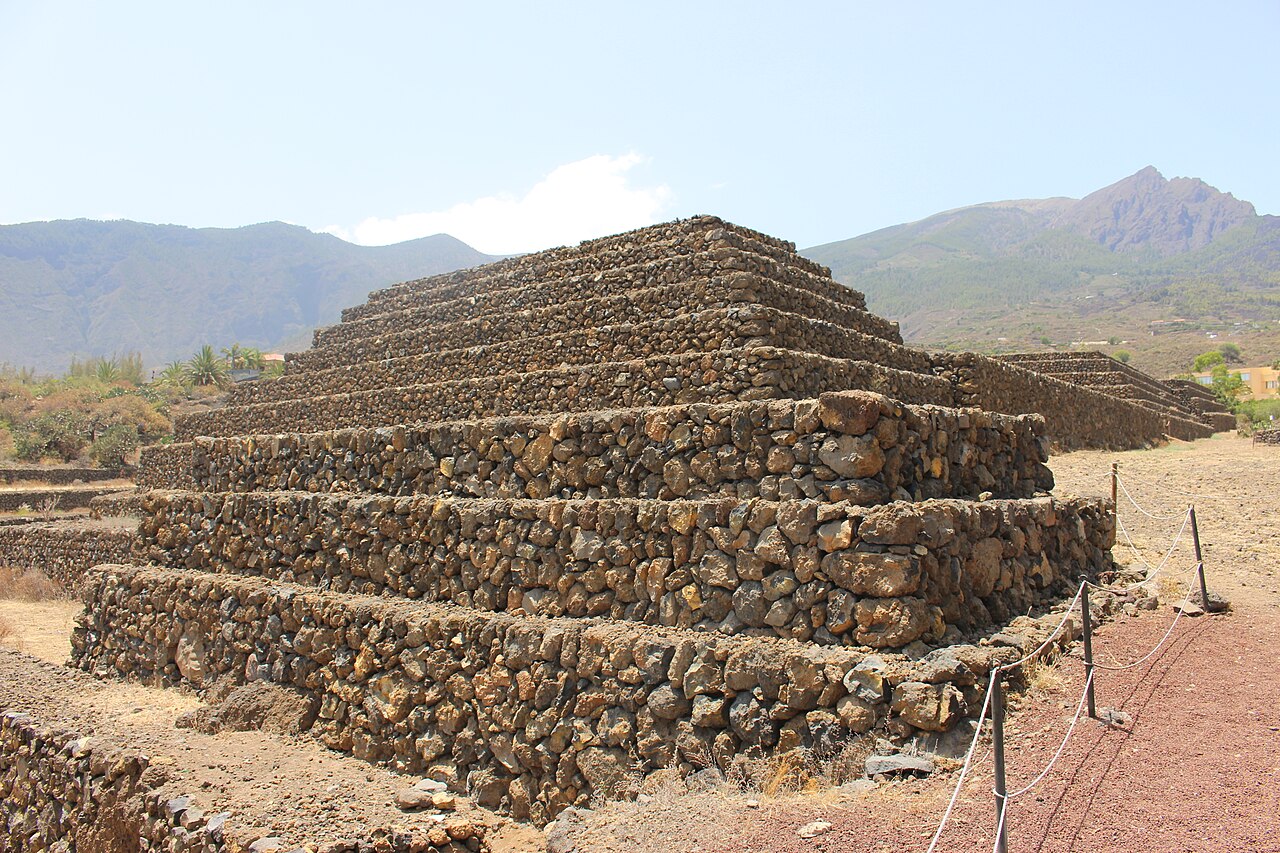
Image Source: Wikimedia Commons
Finding Your Perfect Canary Island Match
Each Canary Island brings its own mood. Some are made for lazy beach days, while others invite you to chase adventure or quiet escapes. Your dream trip really depends on matching your style to the right place.
Best for Families and Relaxation
When I travel with family, I want destinations that feel safe, are easy to get around, and offer plenty to do. Tenerife always stands out. The island has a good balance of fun and chill, with resorts like Costa Adeje that work for both kids and adults. Siam Park, one of the world’s top water parks, kept my younger cousins busy for hours.
If you love cultural highlights, Puerto de la Cruz is a friendly town with pretty squares and botanical gardens. For pure relaxation, I can’t beat lounging on the soft sands of Las Teresitas Beach. Many hotels here have family suites and pools, so downtime is just as good as sightseeing.
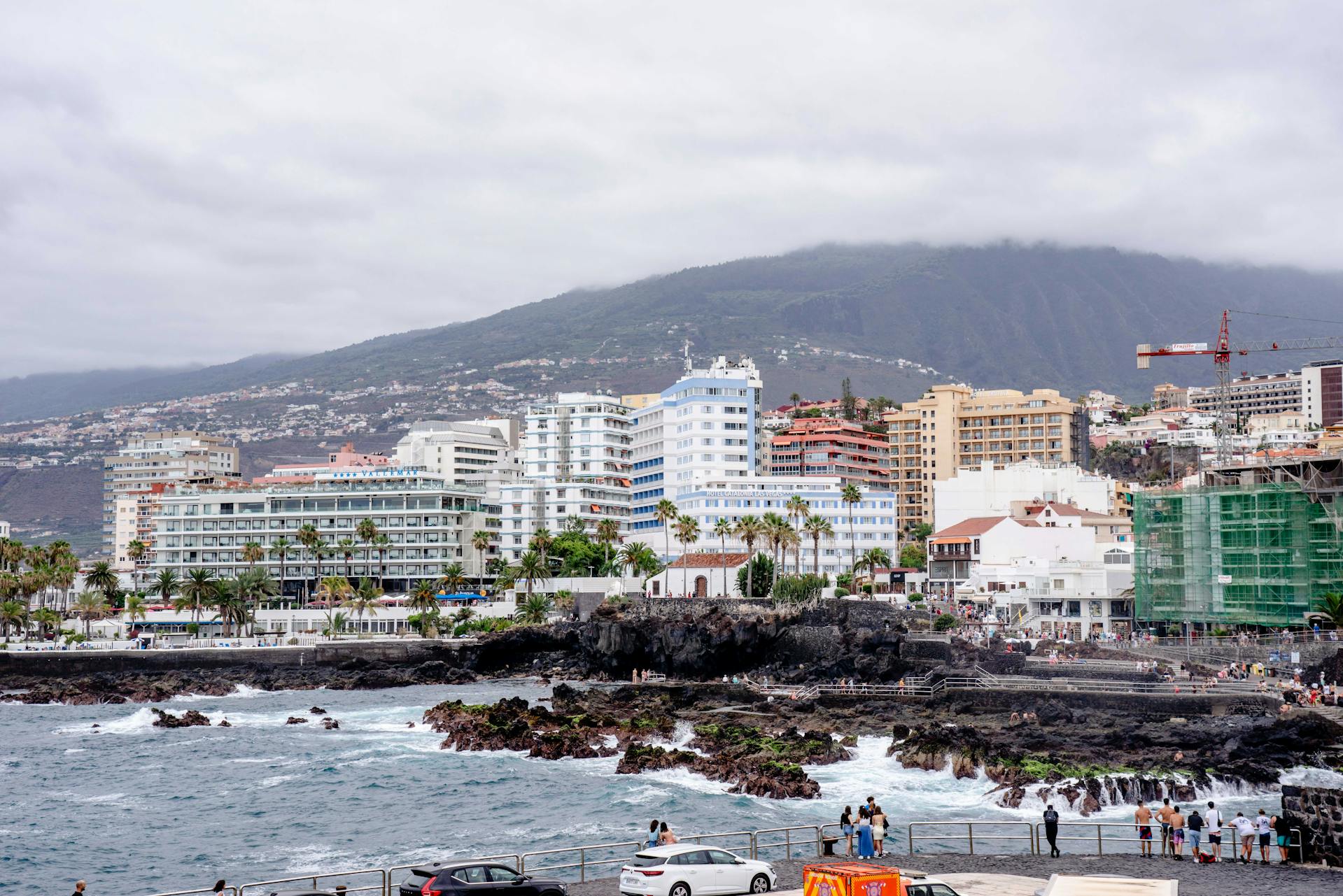
Thrills for Adventure Seekers
On days when I need excitement, Lanzarote and Gran Canaria come to mind. Lanzarote’s volcanic landscape begs you to hike Timanfaya National Park—walking on ancient lava fields is something else. I’ve joined guided bike rides through the cliffs, and honestly, the views and challenge are unforgettable.
If you’re into water sports, Fuerteventura draws windsurfers and kiteboarders from everywhere. Even beginners can learn on the breezy beaches of Corralejo. Gran Canaria mixes mountain biking, rock climbing, and surfing. The Canary Islands really are a goldmine for adventure, and I love swapping my beach towel for hiking boots or a surfboard.
Solo Trips, Couples, and Unique Stays
Sometimes, I just want a getaway that feels different—more personal, maybe even a little unexpected.
If you’re traveling solo or as a couple, La Palma moves at its own slow pace. The skies are so clear at night that I always end up stargazing longer than I planned.
I’ve wandered those forested trails and, honestly, barely seen anyone else.
La Gomera is another favorite when I need to unplug. Its quiet mountain villages feel like a step back in time.
Small, family-run hotels pop up everywhere, and I’ve found it’s easy to meet locals or swap stories with other travelers over breakfast.
Looking for something special? On Fuerteventura, I’ve stayed at eco-lodges nestled between wild beaches and open fields.
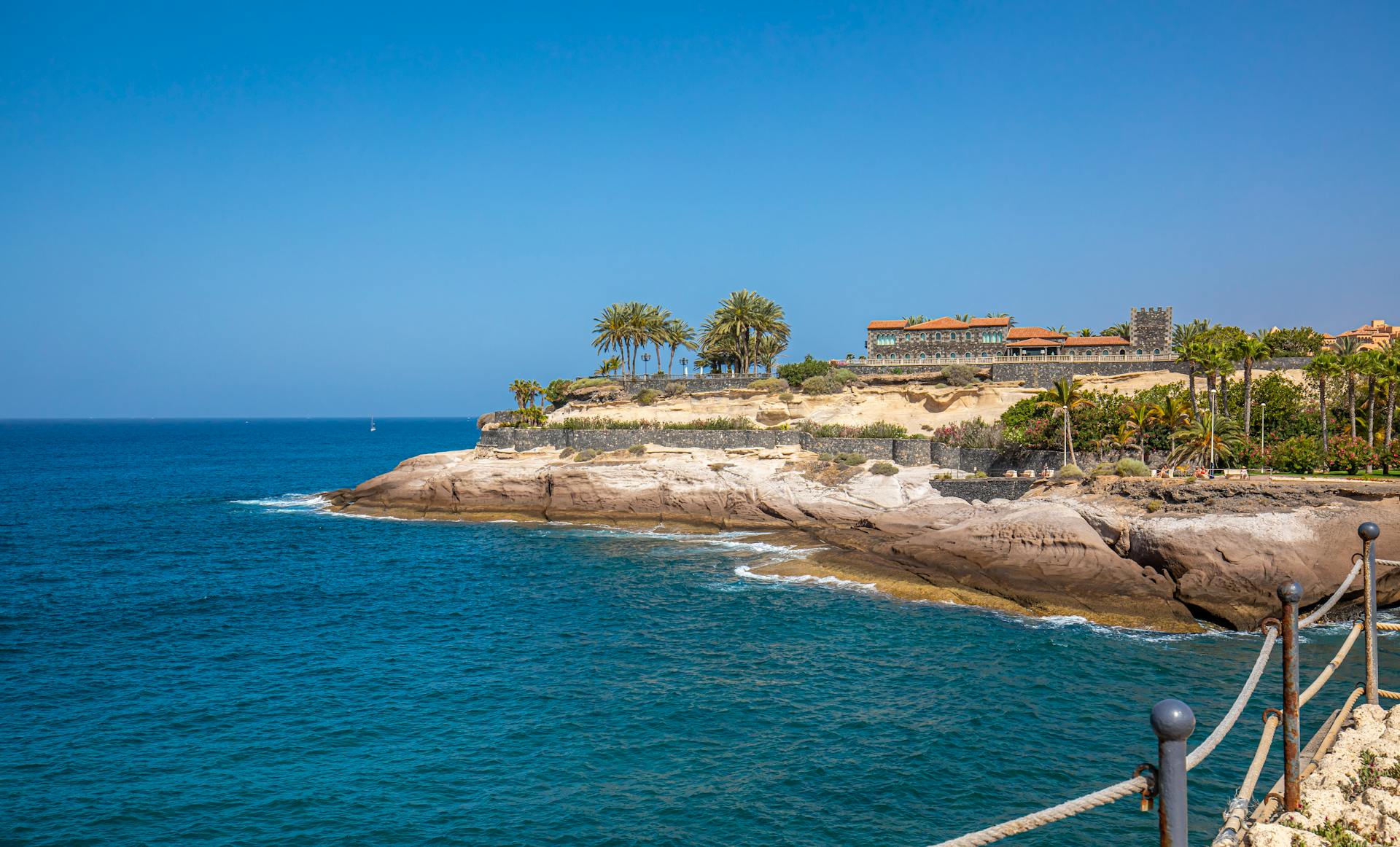
Couples who want a bit of luxury usually head for boutique hotels in Costa Adeje. Those infinity pools seem to fall straight into the Atlantic—pretty unforgettable if you ask me.
Some islands just have their own quirks. Maybe you’ll end up sleeping in a converted lighthouse, or sipping volcanic-grown wine as the sun goes down. Isn’t that what makes travel memorable?


